.jpg)
Part 3: How Planes Move and How Pilots Control Them
Instructor
What Will You Learn?
About This Course
Ever wondered how a giant airplane turns, tilts, or climbs through the sky?
In this exciting course, you'll discover the science behind how airplanes move in the air and how pilots control every twist and turn. From pitch and yaw to roll, you’ll explore the three main ways planes fly—and meet the awesome tools pilots use to make it all happen, like ailerons, rudders, elevators, and throttles!
You'll gain hands-on experience with simulations that mimic real-life flying scenarios, allowing you to see firsthand how these controls impact an aircraft's movement. By the end of the course, you'll not only understand the mechanics behind flight but also appreciate the skill required to navigate the skies.
Curriculum Overview
This course includes 3 modules, 6 lessons, and 2:00 hours of materials.
In this course, you’ll learn how airplanes move around three invisible lines called axes—pitch (nose up and down), yaw (turning left and right), and roll (tilting the wings).
Before you begin the quiz, please write your full name before start the quiz. This helps us know who you are and keep track of your progress.
You’ve explored the invisible highways of the sky, how pilots communicate, and how aircraft are controlled. Now, it’s time to apply your knowledge! Your mission is to create a flight plan for a small aircraft, explain how it is flown and controlled, and simulate a short flight scenario, either visually or through a written explanation.
📌 Assignment Tasks:
1. 🗺️ Create a Simple Flight Plan
- Choose two cities or airports within 300–500 km of each other.
- Identify the type of airspace the aircraft will fly through (Class A, B, C, etc. — simplified explanation is okay).
- Add key information:
Departure and arrival airport codes
Estimated flight time
Altitude
Weather conditions (real or imagined)
2. 🗣️ Pilot Communication Simulation
- Write a short radio dialogue (5–8 lines) between the pilot and air traffic control (ATC) during takeoff or landing.
- Use simple aviation phrases such as:
“Cleared for takeoff”
“Roger”
“Requesting landing clearance”
“Climbing to flight level…”
3. ✈️ Flight Control Explanation (200–300 words)
- Describe how the pilot will control the aircraft during the flight:
- Which control surfaces are used during takeoff, climb, cruising, and landing?
- How do pitch, roll, and yaw work in your scenario?
- How do weather and airspace rules affect the flight?
4. 🎨 Optional: Visual Flight Simulation
Draw a visual flight path or make a simple slide/poster showing the:
- Aircraft route
- Altitude levels
- Control movements (with arrows showing pitch, roll, yaw)
- Air traffic zones
Course Certificate
.jpg)
Course Specifications
.jpg)
.png)
.png)


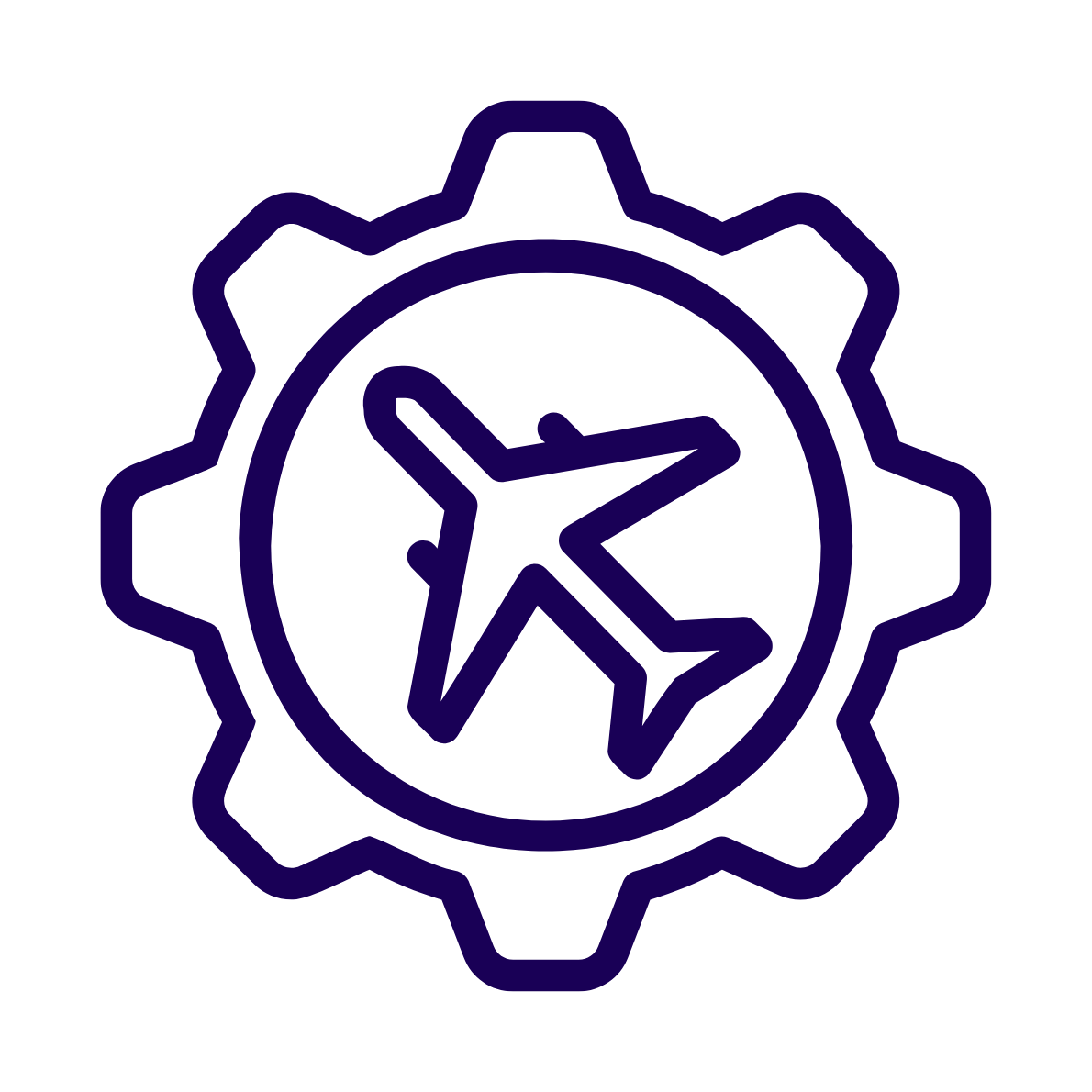
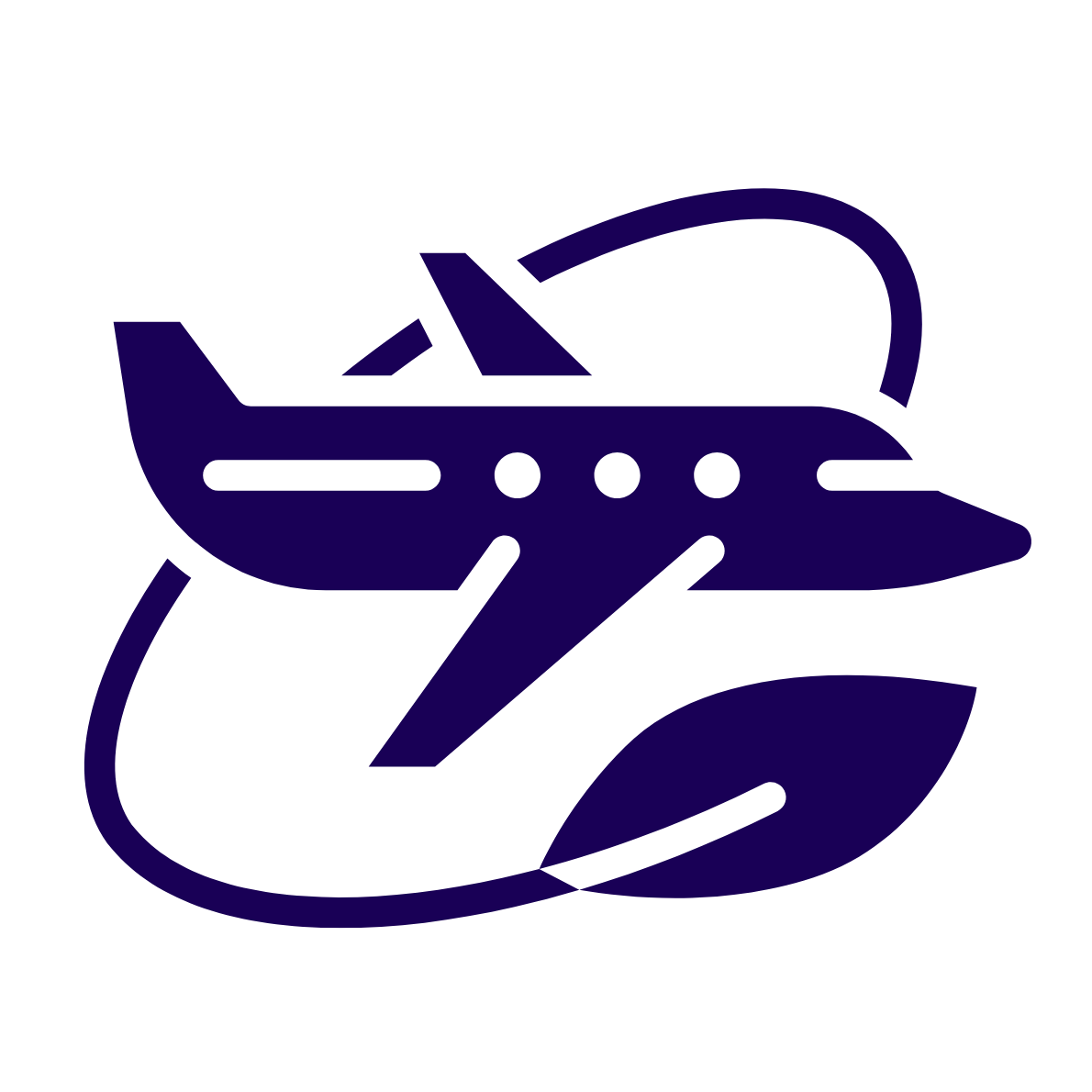
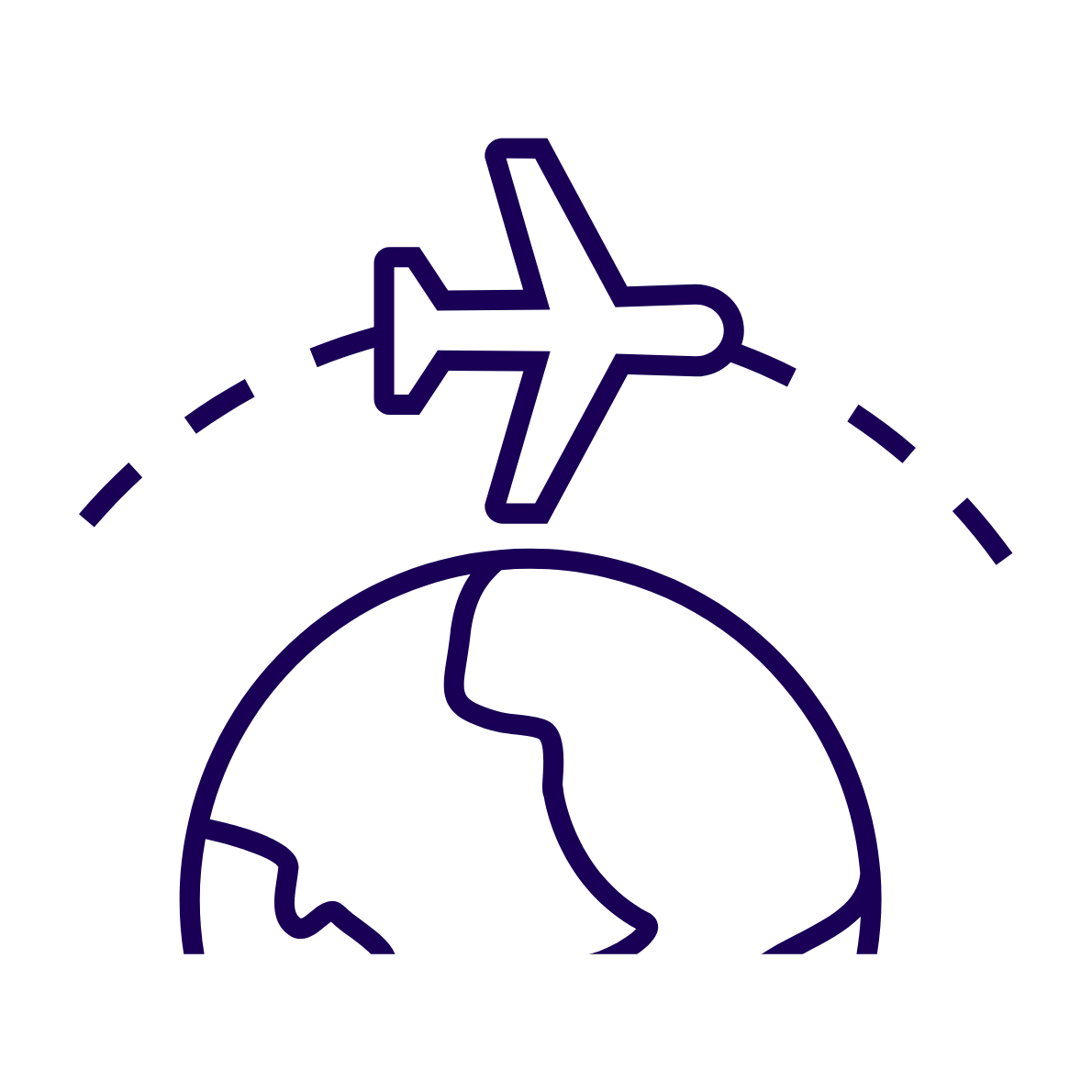
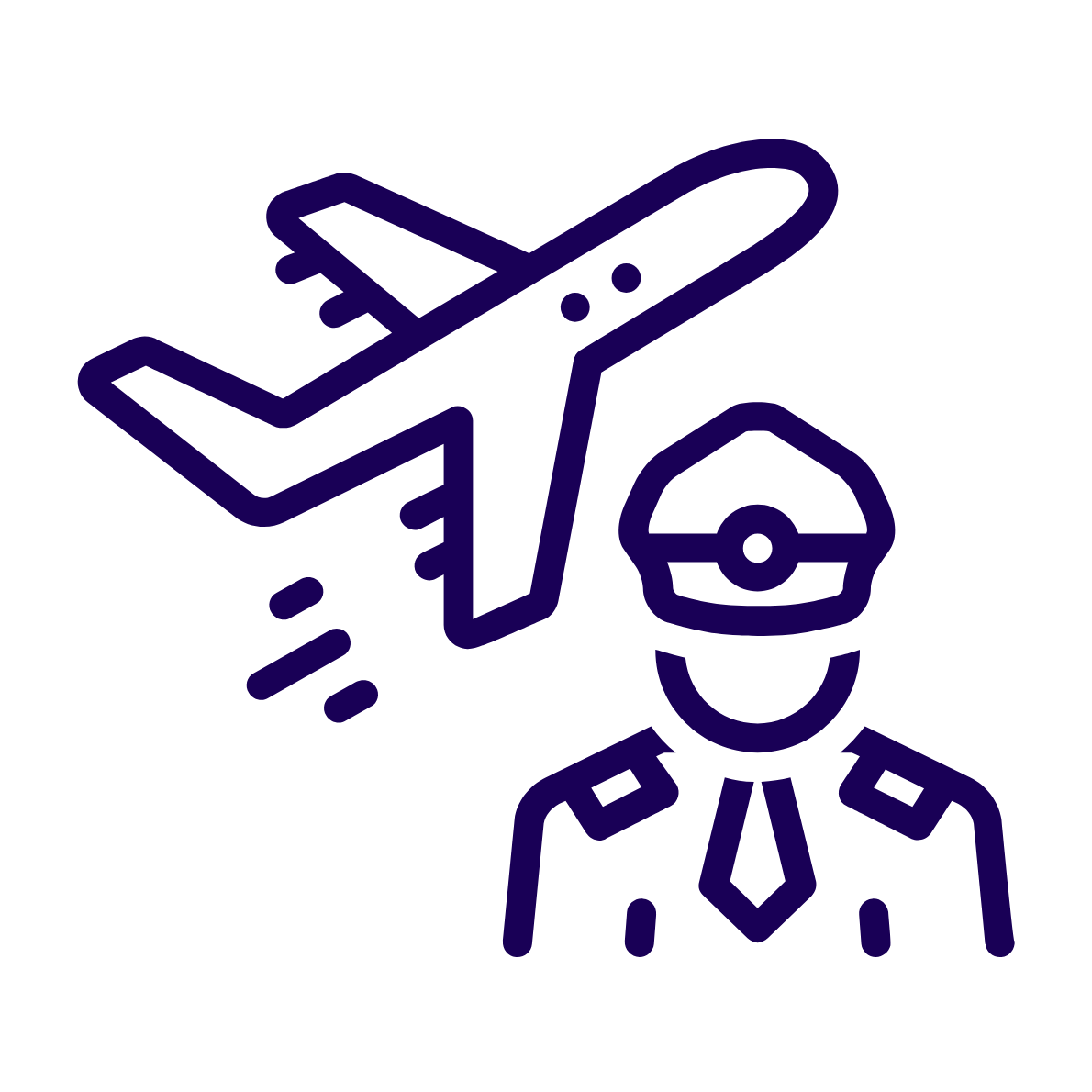
.jpg)
.jpg)



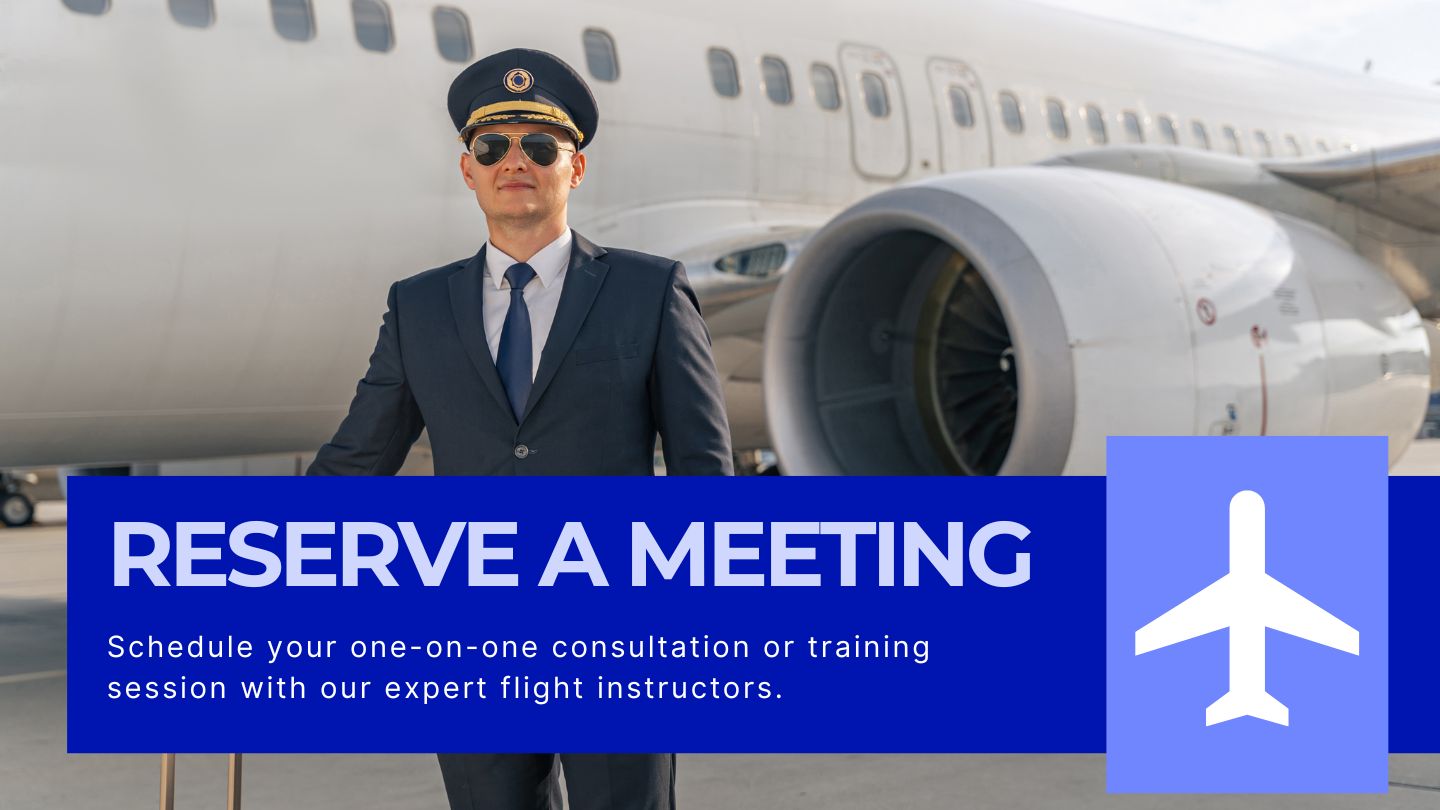
.jpg)
Reply to Comment